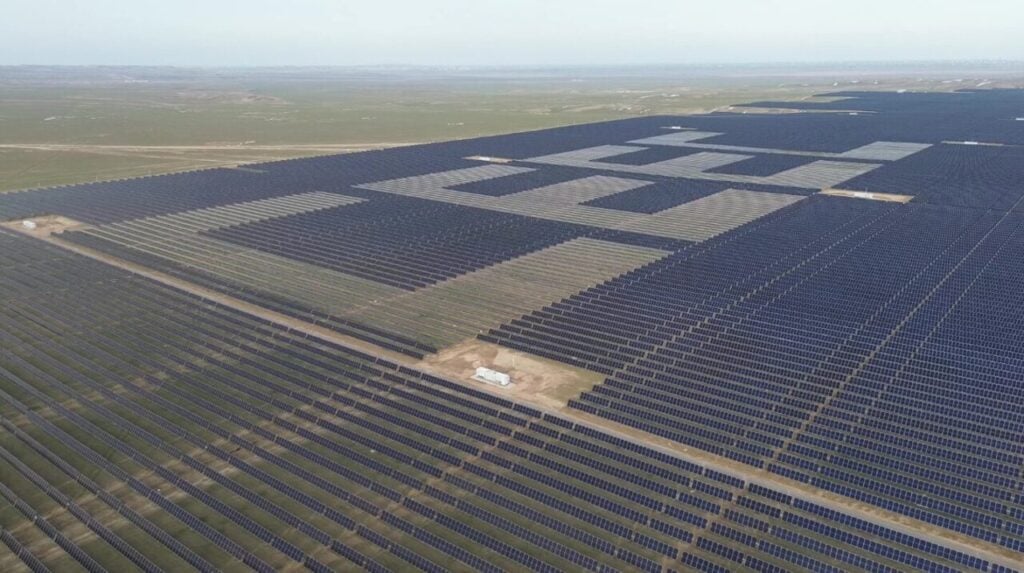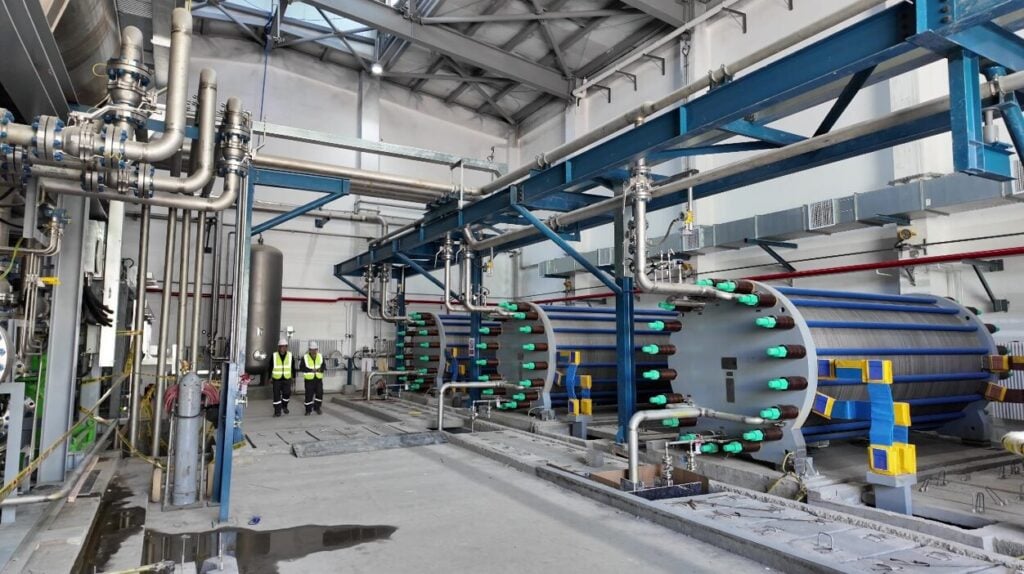
LONGi continues to actively participate in the energy transition of SCO countries, with several landmark projects already completed and operational.
Since the Astana Summit of the Shanghai Cooperation Organization (SCO) in July 2024, China has officially assumed the rotating chairmanship and will host the Heads of State Summit in Tianjin from August 31 to September 1. During this period, LONGi has actively promoted the “Belt and Road Initiative” and the principles of global sustainable development by engaging in extensive and in-depth energy cooperation with numerous member states, observer states and dialogue partners of the SCO. A series of landmark green energy projects have been successfully connected to the grid, contributing to regional energy transformation and low-carbon development.
In the Uzbekistan regions of Tashkent, Bukhara and Kashkadarya, large-scale PV power stations invested in and constructed by Chinese companies have all adopted LONGi’s high-efficiency Hi-MO series modules. Tailored to the specific application scenarios of each project, the company has provided customized product solutions. To ensure reliable and stable performance, all projects utilize TaiRay silicon wafers with a thickness exceeding 130μm, significantly enhancing the modules’ crack resistance and load-bearing capacity.
Among these, the 263MW project in Tashkent’s Buka District, scheduled for grid connection in September, will generate an annual 570 million kilowatt-hours of electricity, significantly alleviating power supply pressures in the city.
The two 500MW projects in Bukhara and Kashkadarya, grid connected in September last year, together constitute a total capacity of 1GW, making them the largest single PV projects in Central Asia. They generate up to 2.4 billion kilowatt-hours of electricity annually, saving the country approximately 520 million cubic meters of natural gas each year.
Such projects not only exemplify Sino-Uzbek energy cooperation, but also demonstrate the adaptability of LONGi products to the complex climatic conditions prevalent in Central Asia.
In July, a 20MW green hydrogen plant located in northern Tashkent was officially commissioned, marking the first large-scale green hydrogen project completed and operational in Central Asia, LONGi supplying four sets of 1,000 Nm³/h alkaline electrolysis equipment and associated infrastructure for this benchmark initiative.

The facility produces some 3,000 tons of high-purity green hydrogen annually, used primarily for nitrogen fertilizer synthesis, and is expected to reduce approximately 30,000 tons of carbon dioxide emissions each year, offering a core solution for industrial decarbonization in Uzbekistan and across the broader Central Asian region.
In Termez, near the border with Afghanistan, LONGi donated a 700 kW solar power station to the UNHCR, grid connected in September last year, reflecting the company’s commitment to corporate social responsibility and humanitarian efforts.
The station will generate an annual one million kilowatt-hours of clean electricity, providing a stable and carbon-free energy supply for the UNHCR’s material reserve center, ensuring the smooth operation of humanitarian logistics.
From Astana to Tianjin, the SCO’s collaboration has entered a new phase. During China’s chairmanship, LONGi has deepened its cooperation with SCO countries in the field of new energy through a series of impactful projects, introducing advanced PV and hydrogen energy technologies to Central Asia. These efforts support regional countries in achieving multiple objectives, including energy independence, carbon emission reduction and economic development.
